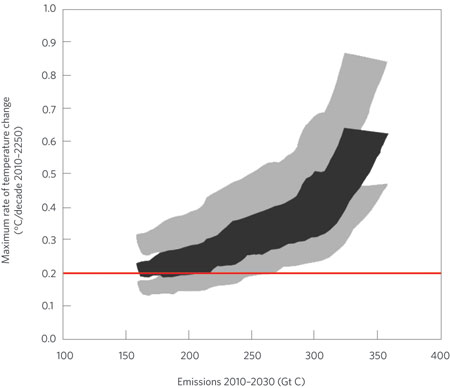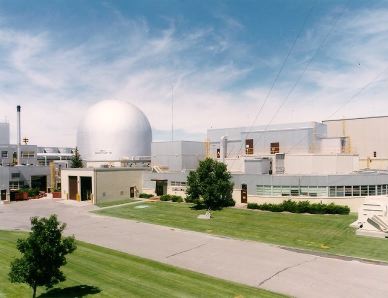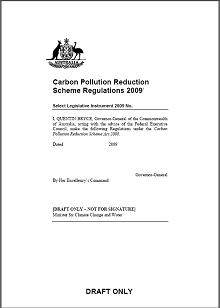 Guest Post by Peter Lang. Peter is a retired geologist and engineer with 40 years experience on a wide range of energy projects throughout the world, including managing energy R&D and providing policy advice for government and opposition. His experience includes: coal, oil, gas, hydro, geothermal, nuclear power plants, nuclear waste disposal, and a wide range of energy end use management projects.
Guest Post by Peter Lang. Peter is a retired geologist and engineer with 40 years experience on a wide range of energy projects throughout the world, including managing energy R&D and providing policy advice for government and opposition. His experience includes: coal, oil, gas, hydro, geothermal, nuclear power plants, nuclear waste disposal, and a wide range of energy end use management projects.
Below are suggestions for an alternative policy to the CPRS (the Carbon Pollution Reduction Scheme – an emission cap-and-trade system proposed by the Australian Labor government). This is not a complete energy policy, but simply some fragments for possible inclusion in a complete policy.
Aim:
1.To reduce Australia’s greenhouse gas (GHG) emissions consistent with international efforts;
2.To increase, not decrease, Australia’s international competitiveness; this will result in:
a.more jobs and better remuneration for workers
b.more wealth and better standard of living for all; and
c.more revenue to support all the things we want; such as: better Health, Education, infrastructure and fixing our most pressing environmental problems such as the Murray Darling Basin.
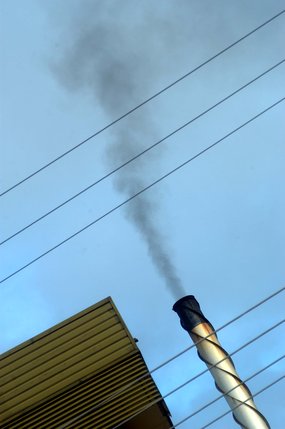 Increasing the cost of energy has serious negative consequences for humanity, especially the poorest peoples on the planet. A policy such as the CPRS that sets out to increase electricity costs for little or no overall reduction in world GHG emissions is negligent.
Increasing the cost of energy has serious negative consequences for humanity, especially the poorest peoples on the planet. A policy such as the CPRS that sets out to increase electricity costs for little or no overall reduction in world GHG emissions is negligent.
The proposed alternative would help the world by supplying products and services with less embodied emissions than now. For example, the policy proposed here would maintain Australia’s aluminium industry and its jobs and provide the aluminium with less embodied emissions than other countries can. This is just one example to illustrate the benefits of this policy, but an important one.
We do not rule out an ETS or some alternative instrument in the future, but we will not impose an ETS on Australia before the USA and we will not impose an ETS that does not protect Australia’s industry and jobs to a similar extent as the USA’s legislation. (It is not clear that the USA will implement an ETS. There are signs the USA may not take this approach to cutting its GHG emissions).
Read more »
Filed under: Emissions reduction, Nuclear Energy | 196 Comments »






.png)


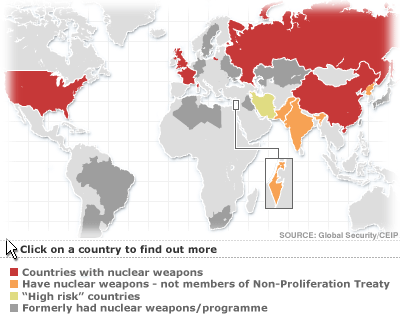





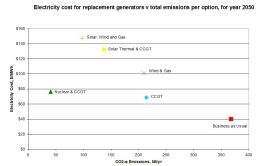
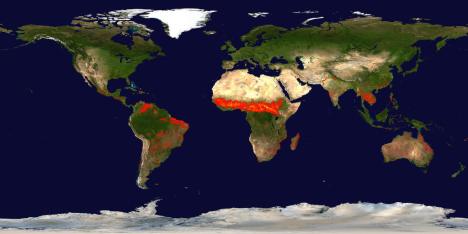


 It’s the Christmas and New Year season, and that means general festivities, good food and drinks, and lots of time in the pool with the kids (remember, it’s the height of summer in Australia). I also make it a rule at this time of year to try to stay away from anything serious on the computer, at least for a week or so. (For those who care about my other life, I’ve been catching up on season 4 Doctor Who and old Poirot episodes, as well as leveling up to 70 in CoD:MW2 multiplayer).
It’s the Christmas and New Year season, and that means general festivities, good food and drinks, and lots of time in the pool with the kids (remember, it’s the height of summer in Australia). I also make it a rule at this time of year to try to stay away from anything serious on the computer, at least for a week or so. (For those who care about my other life, I’ve been catching up on season 4 Doctor Who and old Poirot episodes, as well as leveling up to 70 in CoD:MW2 multiplayer).




